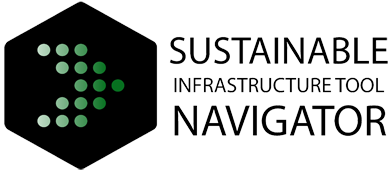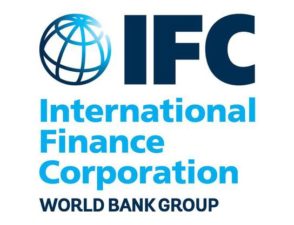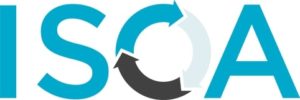
The Social Bond Principles are set of principles developed to promote integrity in the Social Bond market through guidelines that recommend transparency, disclosure, and reporting. The principles recommend a clear process and disclosure for issuers, which investors, banks, underwriters, placement agents and others may use to understand the characteristics of any given Social Bond. The evaluation of the use of proceeds represents the core of the Social Bond Principles. All designated social projects should provide clear social benefits, which will be assessed and, if possible, quantified by the issuer. Eligible project categories include affordable basic infrastructure, access to essential services, employment generation, food security and many more.
Lifecycle Phase(s): FinanceDevelopers decide how to pay for their project.
Type(s) of Tool: PrinciplesSupport sustainability incorporation at institutional or strategic level, less specific than Guidelines.










